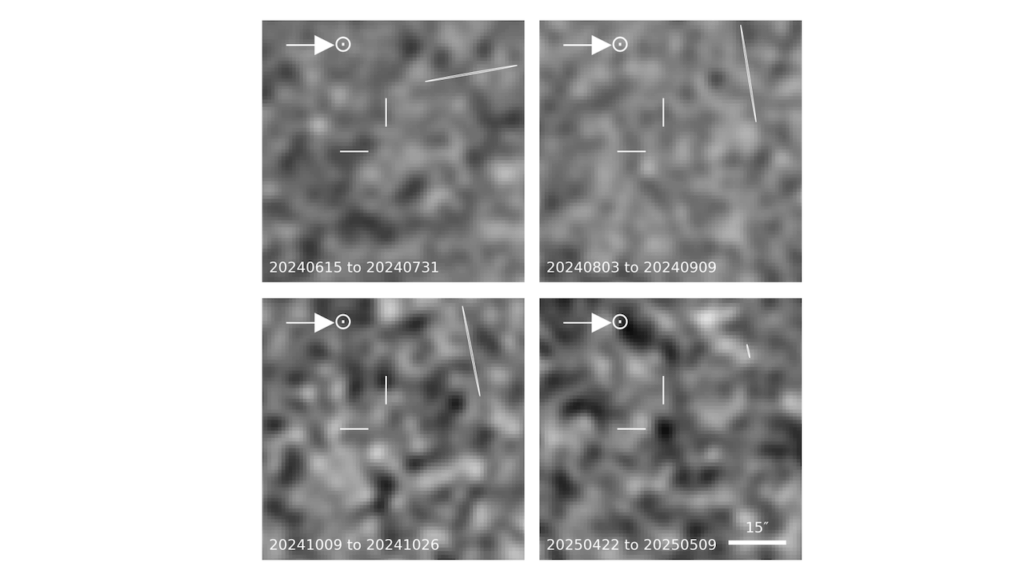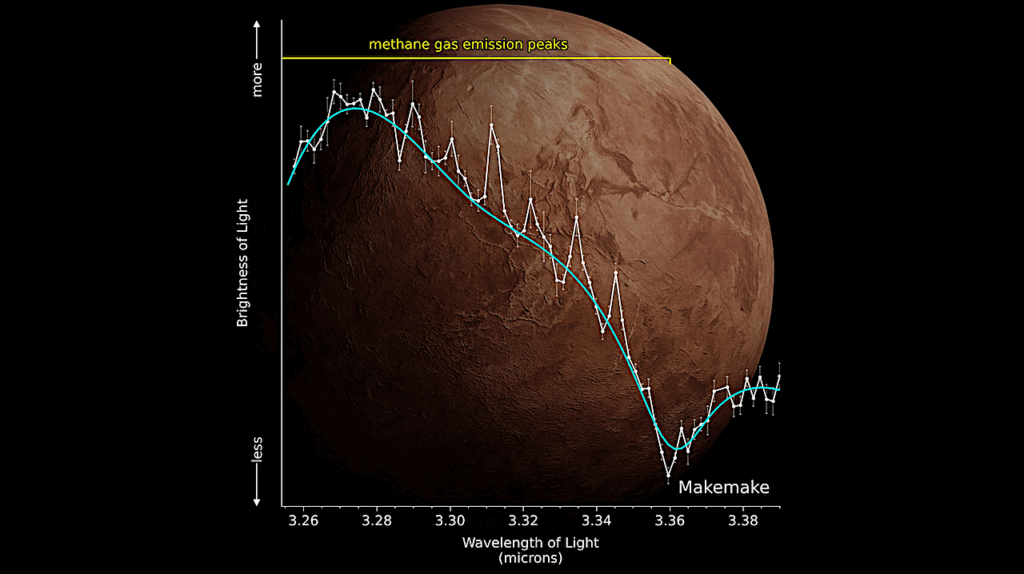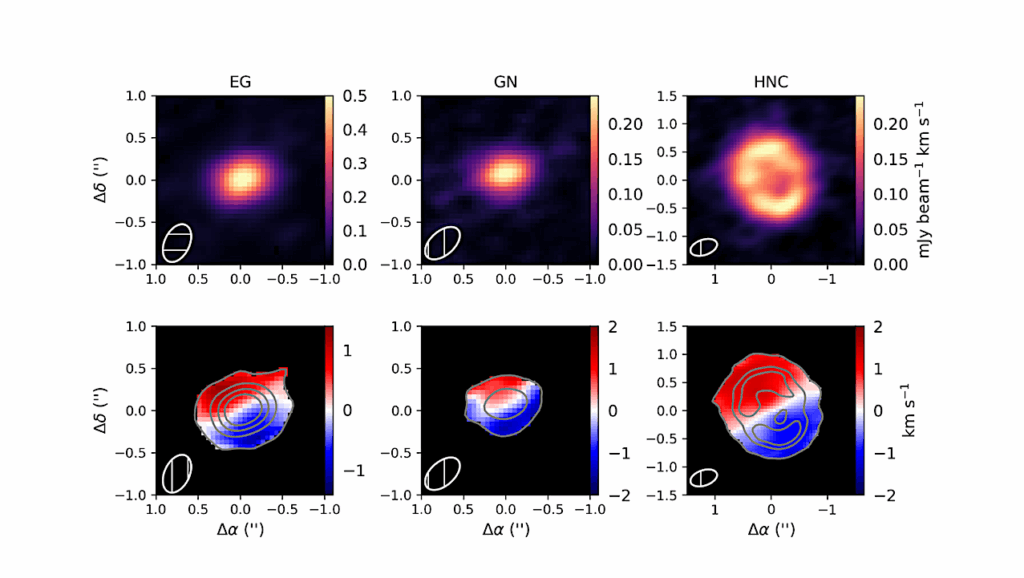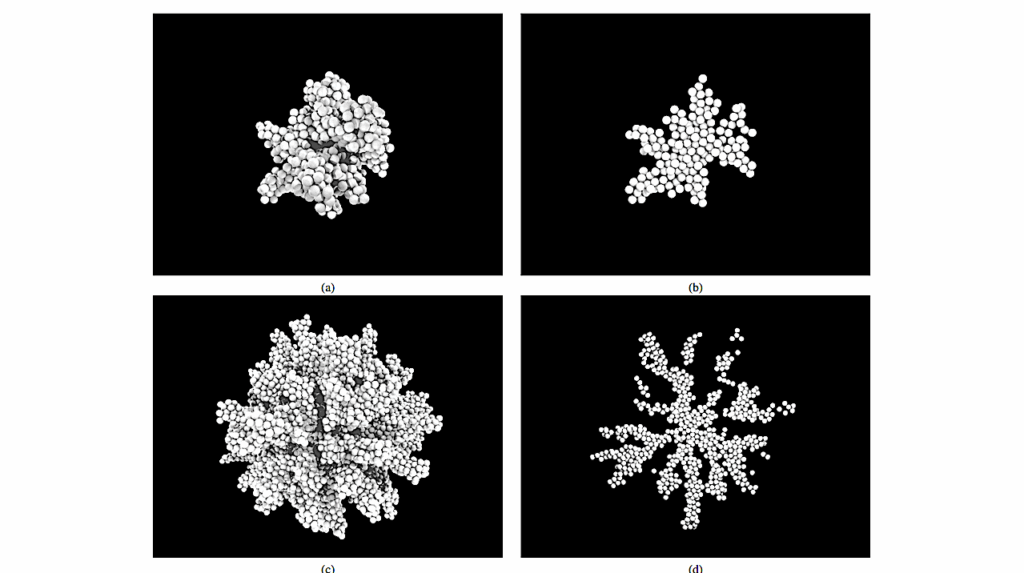Prevalence of Complex Organic Molecules in Starless and Prestellar Cores within the Taurus Molecular Cloud

The detection of complex organic molecules (COMs) toward dense, collapsing prestellar cores has sparked interest in the fields of astrochemistry and astrobiology, yet the mechanisms for COM formation are still debated.
It was originally believed that COMs initially form in ices which are then irradiated by UV radiation from the surrounding interstellar radiation field as well as forming protostars and subsequently photodesorbed into the gas-phase. However, starless and prestellar cores do not have internal protostars to heat-up and sublimate the ices. Alternative models using chemical energy have been developed to explain the desorption of COMs, yet in order to test these models robust measurements of COM abundances are needed toward representative samples of cores.
We’ve conducted a large-sample survey of 31 starless and prestellar cores in the Taurus Molecular Cloud, detecting methanol (CH3OH) in 100% of the cores targeted and acetaldehyde (CH3CHO) in 70%. At least two transition lines of each molecule were measured, allowing us to place tight constraints on excitation temperature, column density and abundance. Additional mapping of methanol revealed extended emission, detected down to AV as low as ∼ 3 mag.
We find complex organic molecules are detectable in the gas-phase and are being formed early, at least hundreds of thousands of years prior to star and planet formation. The precursor molecule, CH3OH, may be chemically linked to the more complex CH3CHO, however higher spatial resolution maps are needed to further test chemical models.
Samantha Scibelli, Yancy Shirley
(Submitted on 6 Feb 2020)
Comments: Accepted to ApJ. 23 pages, 14 Figures, 9 Tables
Subjects: Astrophysics of Galaxies (astro-ph.GA)
Cite as: arXiv:2002.02469 [astro-ph.GA] (or arXiv:2002.02469v1 [astro-ph.GA] for this version)
Submission history
From: Samantha Scibelli
[v1] Thu, 6 Feb 2020 19:00:18 UTC (1,951 KB)
https://arxiv.org/abs/2002.02469
Astrobiology, Astrochemistry








